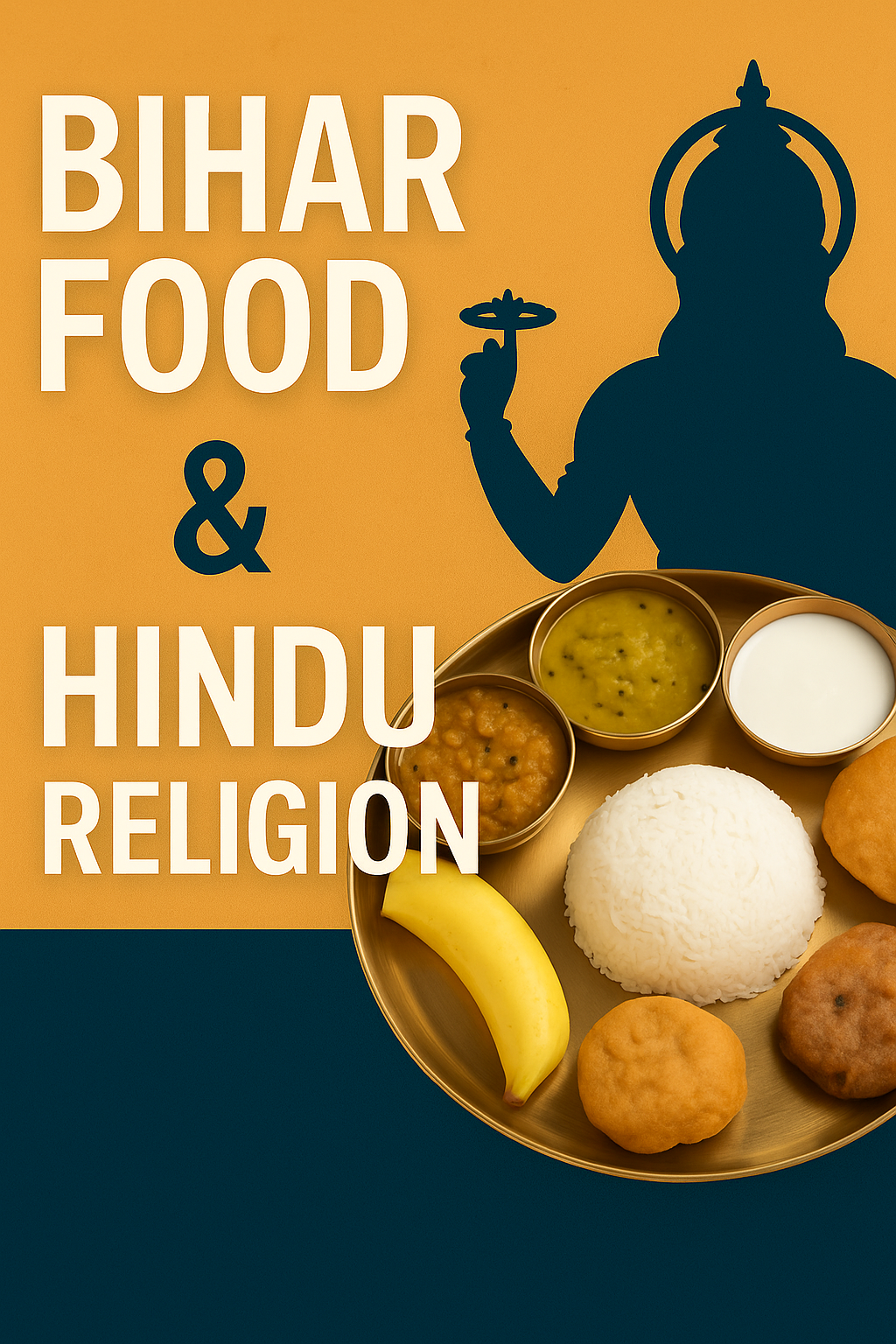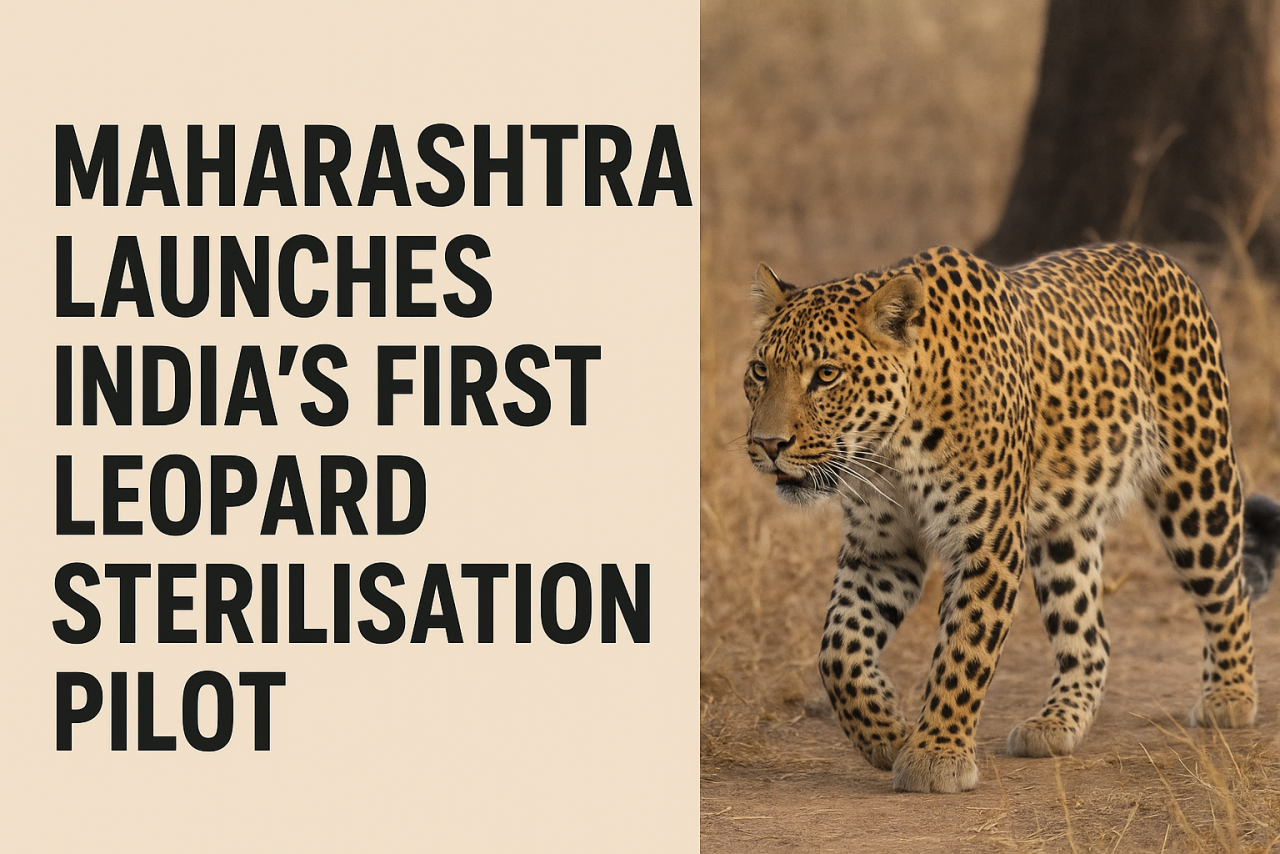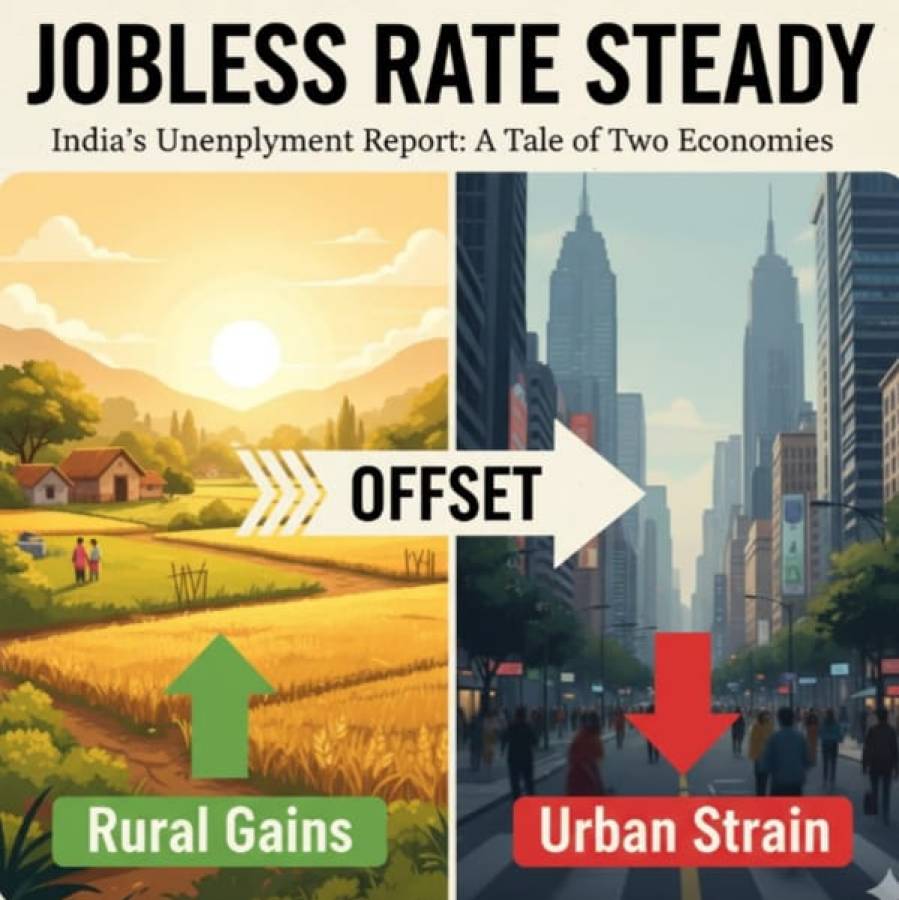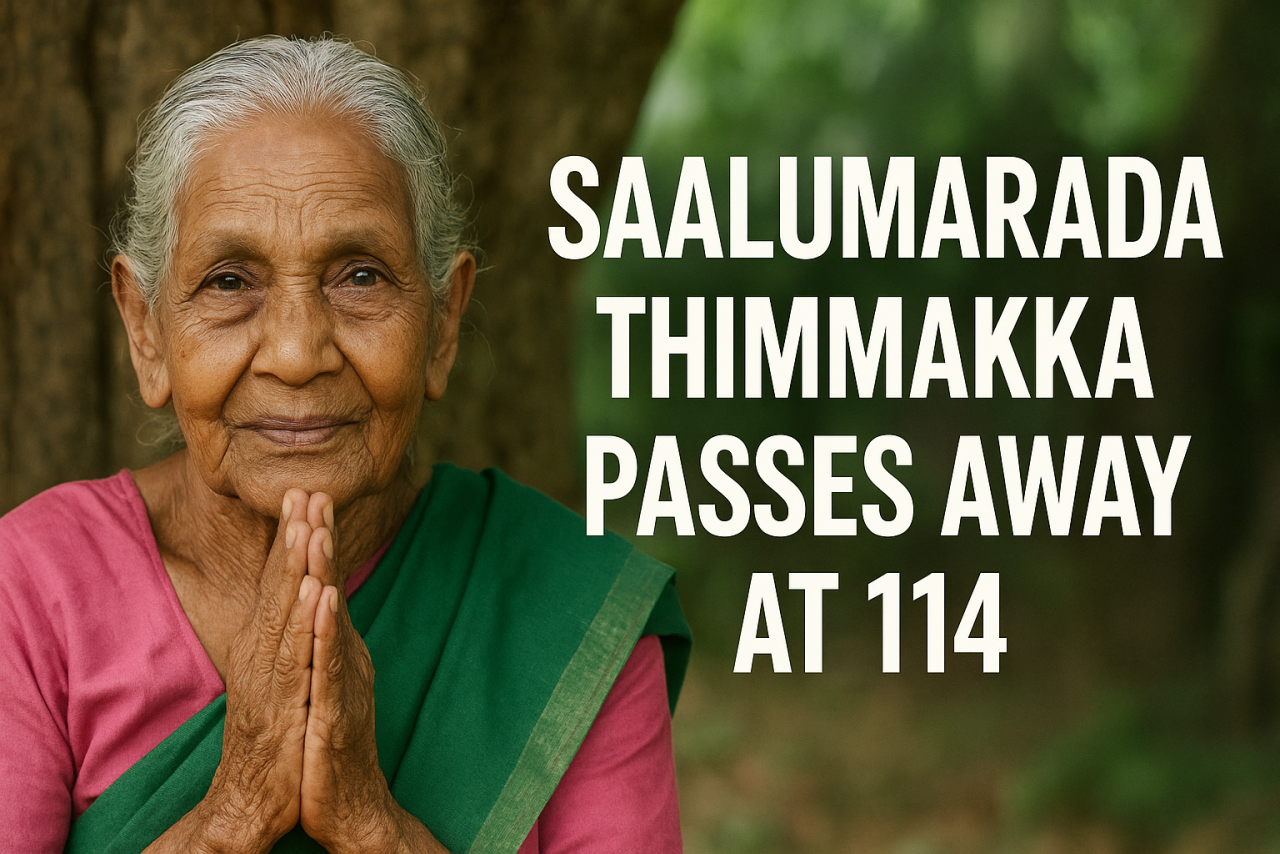
Bihar, located in the eastern part of India, has a rich and diverse food culture. Its cuisine is deeply connected with the agricultural lifestyle, seasonal changes, and religious practices of the people. In Bihar, food is not only a source of nourishment but also an important part of religious observance, social customs, and community life. Many traditional dishes are closely linked to Hindu festivals, rituals, and beliefs, making the state’s food heritage both unique and meaningful.
Historical and Geographical Influence
The fertile Gangetic plains of Bihar support the cultivation of rice, wheat, pulses, and a variety of vegetables. These ingredients form the base of most Bihari meals. The abundance of the Ganga river system has shaped a diet that is simple, wholesome, and seasonal. Over centuries, the food habits of Bihar evolved through the influence of ancient kingdoms, trade routes, and local traditions.
Hinduism, being the majority religion in Bihar, has shaped not just what people eat, but also how and when they eat it. Many traditional recipes follow principles of satvik ahar (pure food) as prescribed in Hindu scriptures—prepared without onion, garlic, or meat, especially during religious occasions.
Food and Hindu Festivals
In Bihar, each Hindu festival is associated with a specific set of dishes. These foods are often made from ingredients considered pure and auspicious.
- Chhath Puja, one of the most important festivals of Bihar, is dedicated to the Sun God. The prasad includes thekua (a sweet made from wheat flour, jaggery, and ghee) and kasar (made with rice flour and jaggery). These offerings are prepared in a sanctified environment, without the use of salt or spices, reflecting the Hindu belief in purity during worship.
- Makar Sankranti is celebrated with tilkut (sweet made of sesame seeds and jaggery) and dahi-chura (curd with flattened rice). These foods are linked to the harvest season and the Hindu belief that consuming sesame in winter promotes health.
- Durga Puja and Navratri are times when many people observe fasts or eat only satvik food. Dishes like kuttu ki puri, sabudana khichdi, and alu sabzi without onion and garlic are common.
- Holi in Bihar is incomplete without malpua (sweet pancake), gujiya (stuffed pastry), and dahi vada. These festive foods are shared with friends and neighbours, reinforcing the Hindu cultural value of samyak bhavana (goodwill towards all).
Religious Fasting and Dietary Rules
Hindu traditions in Bihar also include specific fasting rules on days like Ekadashi, Purnima, or during Shravan month. On these days, people avoid grains and instead consume fruits, milk, or special preparations like sabudana khichdi. These practices follow the Hindu understanding of upvas (fasting) as a way to purify the mind and body.
Similarly, during Pitru Paksha (fortnight dedicated to ancestors), certain vegetarian dishes like khichdi, loki sabzi, and poori are prepared and offered to Brahmins as part of the ritual.
Offerings in Temples
Temple food in Bihar also reflects Hindu dietary customs. The Mahavir Mandir in Patna, for example, is famous for its Naivedyam, a sweet made of gram flour, sugar, and ghee. Offerings are prepared in pure ghee and without any ingredients considered impure for religious purposes. This follows the Hindu tradition that prasad should be made in a state of cleanliness and devotion.
Logic Behind the Food Practices
Many Hindu dietary customs in Bihar have practical, seasonal, and health-related logic. For example:
- Eating sesame and jaggery in winter provides warmth and energy.
- Consuming curd and flattened rice during Makar Sankranti helps digestion during seasonal change.
- Avoiding onion and garlic during fasting is linked to Ayurvedic principles, which classify them as rajasic and tamasic foods—believed to excite passions or cause lethargy, thus not suitable for meditation or prayer.
Vegetarianism and Religious Identity
While Bihar has a tradition of both vegetarian and non-vegetarian food, vegetarianism becomes dominant during religious observances. Hindu scriptures like the Manusmriti and Bhagavad Gita often emphasise non-violence and purity of diet. This is reflected in the way certain communities in Bihar, especially during festivals, avoid meat and fish entirely.
Final Take
Bihar’s food culture is a living example of how geography, agriculture, and religion interact to shape daily life. In Hindu tradition, food is not just physical nourishment; it is an offering to the divine, a medium for expressing gratitude, and a way to maintain harmony with nature. The people of Bihar have preserved these values through recipes, rituals, and seasonal eating patterns.
By understanding the link between Bihar’s cuisine and Hindu religious practices, we see that food here is not only a matter of taste but also a reflection of faith, discipline, and respect for nature’s cycles.





















